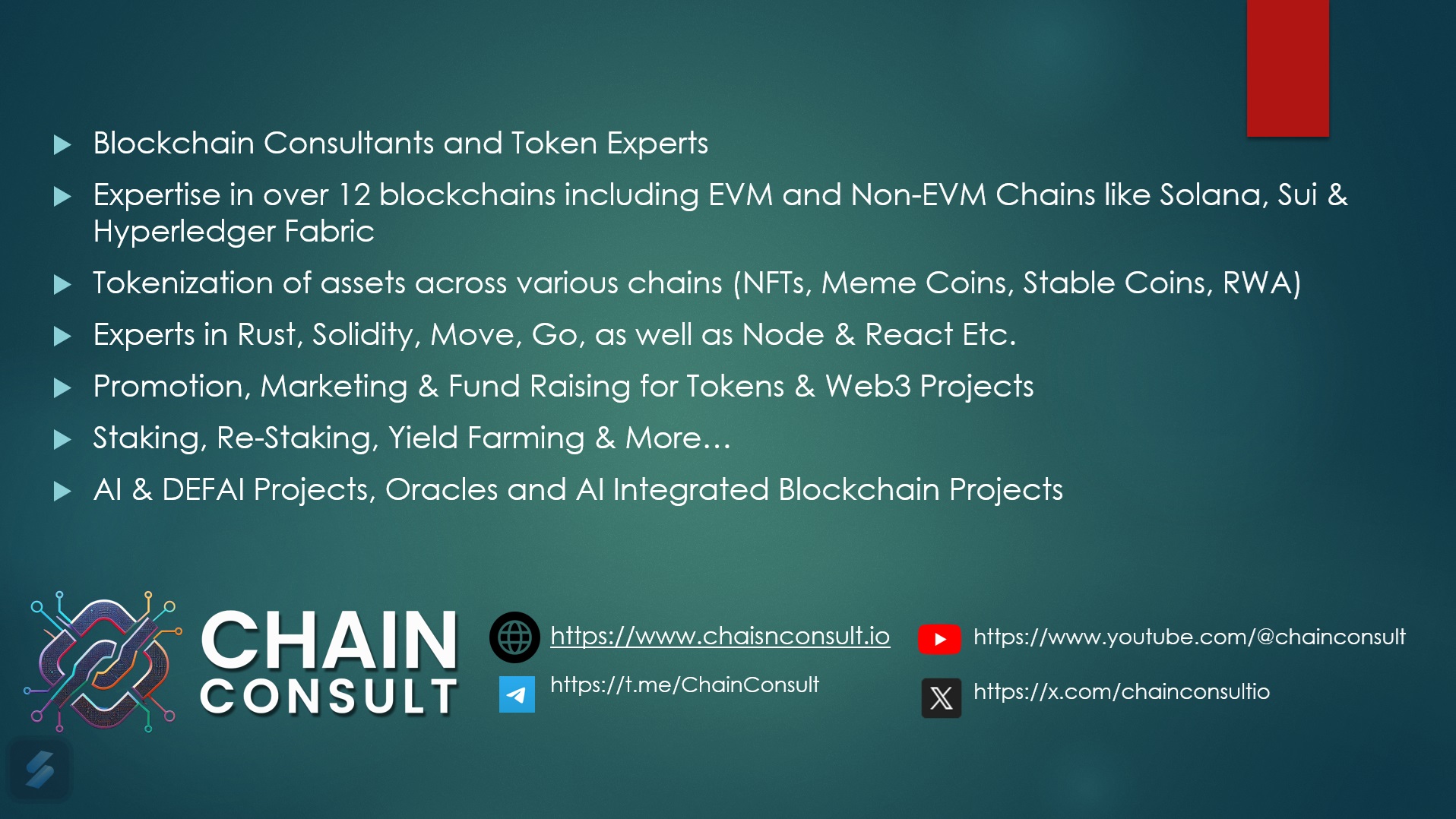
Tokenization is a transformative process that is reshaping the way we own, trade, and manage assets. By leveraging blockchain technology, tokenization allows physical and digital assets to be converted into digital tokens, making ownership more accessible, secure, and efficient. This blog explores what tokenization is, how it works, its benefits, challenges, and real-world applications.
What Is Tokenization?
Tokenization is the process of converting rights to an asset into a digital token on a blockchain. These tokens can represent anything of value, including real estate, stocks, commodities, intellectual property, or even digital collectibles. Tokenization enables fractional ownership, enhances liquidity, and provides a more secure method of managing assets.
Key Characteristics of Tokenization:
- Digitization of assets: Converts physical and intangible assets into blockchain-based tokens.
- Fractional ownership: Allows multiple people to own a fraction of an asset.
- Increased liquidity: Enables easier trading and transfer of asset ownership.
- Enhanced security: Uses blockchain’s decentralized and immutable nature to ensure ownership authenticity.
How Blockchain Enables Tokenization
Blockchain technology serves as the foundation for tokenization due to its decentralized, transparent, and secure nature. Here’s how blockchain facilitates tokenization:
1. Decentralization
Unlike traditional financial systems where assets are controlled by central entities (e.g., banks, brokers), blockchain enables peer-to-peer transactions without intermediaries. This ensures that ownership and transactions are securely recorded on a decentralized ledger.
2. Smart Contracts
Smart contracts are self-executing agreements stored on the blockchain that automatically enforce the terms of a transaction. In tokenization, smart contracts define asset ownership, transfer conditions, and governance rules.
3. Immutable Records
Blockchain ensures that tokenized assets have a transparent and tamper-proof ownership history, reducing fraud and disputes.
4. Interoperability
Tokenized assets can be easily transferred and traded across various blockchain networks and platforms, increasing accessibility and efficiency.
Types of Assets That Can Be Tokenized
Tokenization can be applied to a wide range of assets, both tangible and intangible. Below are some key examples:
1. Real Estate
- Properties can be divided into digital tokens, allowing fractional ownership.
- Investors can buy and trade shares of properties without dealing with intermediaries.
- Tokenization reduces barriers to entry in real estate investing.
2. Financial Securities
- Stocks, bonds, and mutual funds can be tokenized to enable more efficient trading.
- Eliminates traditional brokers and speeds up settlement processes.
3. Commodities
- Gold, silver, oil, and other commodities can be tokenized, enabling investors to trade them easily without needing physical storage.
- Ensures asset traceability and authenticity.
4. Intellectual Property (IP) and Royalties
- Artists, musicians, and writers can tokenize copyrights and licenses.
- Enables automated royalty payments using smart contracts.
5. Non-Fungible Tokens (NFTs)
- Digital assets like art, music, and gaming items are tokenized into unique, verifiable tokens.
- NFTs offer proof of ownership and scarcity for digital collectibles.
Benefits of Tokenization
Tokenization brings several advantages over traditional asset management and trading methods.
1. Fractional Ownership
- Allows multiple investors to own shares of high-value assets (e.g., real estate, art).
- Reduces barriers to entry and increases access to investments.
2. Enhanced Liquidity
- Traditional assets like real estate and fine art are often illiquid.
- Tokenization enables secondary market trading, making it easier to buy and sell fractional shares.
3. Transparency and Security
- Blockchain provides a secure, tamper-proof ledger of transactions.
- Eliminates the risk of fraudulent claims and ownership disputes.
4. Reduced Costs
- Removes intermediaries such as brokers and banks.
- Reduces transaction fees and speeds up asset transfers.
5. Global Accessibility
- Tokenized assets can be traded 24/7 worldwide.
- Enables cross-border investments without traditional financial restrictions.
Challenges and Risks of Tokenization
While tokenization offers numerous benefits, it also comes with challenges that need to be addressed.
1. Regulatory Uncertainty
- Many countries have yet to establish clear regulations for tokenized assets.
- Compliance requirements vary across jurisdictions.
2. Market Volatility
- Crypto markets can be highly volatile, impacting the value of tokenized assets.
- Investor sentiment and market speculation play a major role.
3. Security Risks
- Smart contract vulnerabilities can be exploited by hackers.
- Requires robust cybersecurity measures to protect investor funds.
4. Adoption Barriers
- Traditional financial institutions may resist adoption.
- Public awareness and education on tokenization remain limited.
Use Cases and Real-World Examples
Several projects and companies have successfully implemented tokenization to transform various industries.
1. Real Estate Tokenization – Realty
- Realty is a platform that allows investors to purchase fractional ownership in rental properties using blockchain technology.
- Provides global investors access to real estate without large capital requirements.
2. Gold Tokenization – Paxos Gold (PAXG)
- PAXG is a token backed by physical gold, allowing investors to trade gold digitally.
- Ensures transparency and verifiable ownership.
3. Stock Tokenization – FTX & Binance Stock Tokens
- Some exchanges offer tokenized versions of traditional stocks like Tesla and Apple.
- Enables crypto investors to gain exposure to traditional stock markets.
4. NFTs in Art – Beeple’s $69M NFT Sale
- Digital artist Beeple sold an NFT artwork for $69 million, proving the value of digital ownership.
- Demonstrates how tokenization is transforming the art industry.
Future of Tokenization
The future of tokenization is promising as blockchain technology continues to evolve. Here are some expected developments:
1. Regulatory Clarity
Governments and financial regulators are working on clear guidelines to integrate tokenized assets into mainstream markets.
2. Increased Adoption by Institutions
Major banks and investment firms are exploring tokenization for securities and real estate.
3. Growth of Decentralized Finance (DeFi)
Tokenized assets will integrate with DeFi platforms, enabling more financial services like lending, borrowing, and staking.
4. Interoperability Between Blockchains
Improved blockchain interoperability will allow seamless trading of tokenized assets across different networks.

